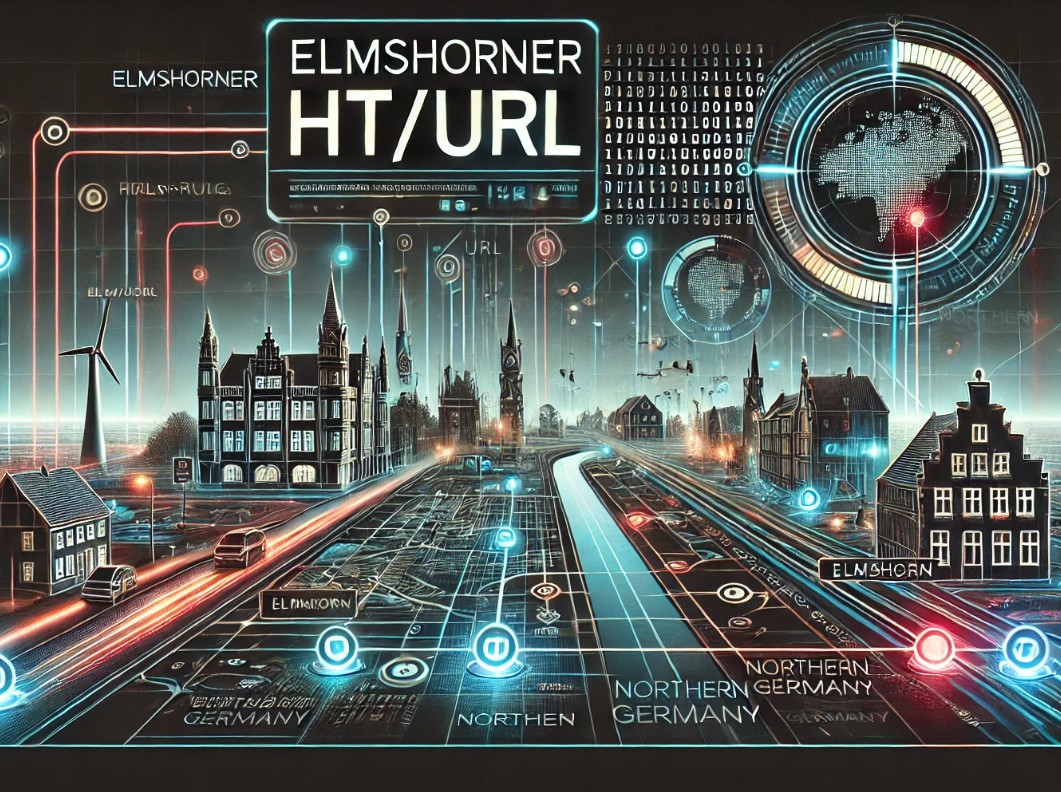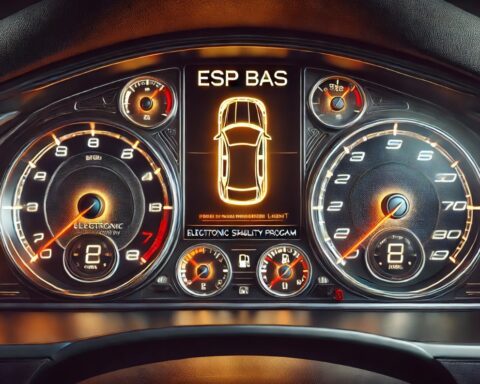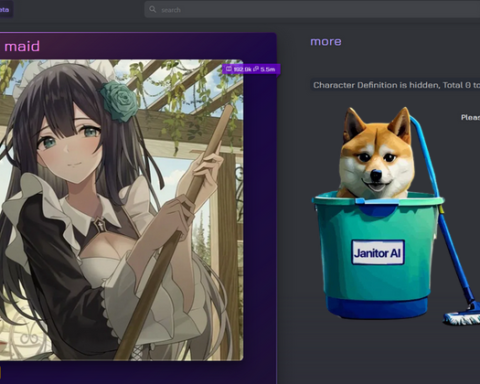Elmshorner HT/URL is a term that combines references to Elmshorn, a city in northern Germany, with a technical designation—HT/URL, which likely pertains to digital network routing, internal institutional systems, or hybrid technologies in web management. Whether referencing a local intranet pathway, a specific hyperlink format used in Elmshorn’s educational or governmental platforms, or a historical URL configuration, elmshorner ht/url represents a fusion of digital identity and geographic location.
Though not widely documented in mainstream technology directories, the structure suggests relevance to web-based resources tied to Elmshorn, possibly within educational settings like the Berufliche Schule Elmshorn (Vocational School Elmshorn) or municipal administration tools. Understanding this term involves unpacking its geographic roots, technical implications, and practical applications.
The City of Elmshorn: Contextual Background
To fully understand “elmshorner ht/url,” we must begin with Elmshorn, a mid-sized city in Schleswig-Holstein, Germany. Known for its strong educational institutions, industrial heritage, and digital modernization efforts, Elmshorn provides the geographic and institutional backdrop for this term.

Key characteristics of Elmshorn:
- A population of approximately 50,000
- Home to Berufliche Schulen Elmshorn and other tech-integrated institutions
- Engaged in e-governance and digital service transformation since the early 2000s
This background is critical because many regional IT and network protocols often adopt geographic identifiers to name internal domains, URLs, or services.
HT/URL Explained: Decoding the Terminology
In tech, “HT/URL” may be interpreted in several ways, especially in German or localized network contexts. Here’s a breakdown of its potential components:
- HT could stand for:
- Höhere Technische Schule (Higher Technical School)
- Hybrid Technology
- HyperText
- URL refers to Uniform Resource Locator, the web address used to locate digital content.
Thus, elmshorner ht/url might refer to a localized URL convention or platform associated with a technical school in Elmshorn, or even a portal developed for specific institutional use. It might also be part of a custom intranet or learning management system that uses Elmshorn-based domains.
Educational and Institutional Usage
It is highly likely that elmshorner ht/url is connected to an educational framework, particularly one housed within or administered by Elmshorn-based schools or colleges. Germany’s technical and vocational schools often develop proprietary systems or platforms for students and staff, accessible through unique or internally structured URLs.
Potential usage in education:
- Internal access to student portals
- URL paths for curriculum content, exams, or eLearning
- Resource databases hosted on school servers
For instance, Berufliche Schule Elmshorn may employ unique URLs that follow the ht/url convention to distinguish them from commercial domains and improve internal IT control.
The Role of Local Intranets and Secure Access
One plausible interpretation of “elmshorner ht/url” is that it refers to intranet access within Elmshorn institutions. Intranets typically use modified or non-public-facing URLs, which include abbreviations like ht for specific departments, servers, or protocols.
Intranet structure examples:
ht.elmshorn.local/urlelmshorn.edu/ht-access
Such configurations offer restricted, secure access to institutional users, including students, faculty, and administrative staff. They are often part of hybrid access platforms, combining local server files with web-enabled delivery.
Elmshorner HT/URL in Government Services
Beyond education, Elmshorn’s local government has invested in digitization, particularly under Germany’s push for “Digitale Verwaltung” (Digital Administration). In this context, the term “ht/url” could denote:
- Secure HTTP portals used for citizen services
- Custom URLs tied to permit applications, digital signatures, or record access
- Routing through Hybrid Terminals (HT) or document processing layers
If elmshorner ht/url is used in this capacity, it reflects Elmshorn’s integration into Germany’s national digital strategy, where municipalities develop custom access points for web-enabled citizen services.
Technical Framework: Protocols and URL Formatting
From a technical perspective, URL formatting in specialized contexts often follows internal logic and naming conventions. If “elmshorner ht/url” is part of a network path or subdomain structure, it may reflect:
- Directory paths on local servers (e.g.,
elmshorn-schule.de/ht/url/index) - Role-based access (e.g., HT = “Hochschule Technik”)
- Web service routing layers
These systems often work under HTTPS with certificate validation and access restrictions that require IP whitelisting or user authentication.
Accessibility and User Experience
When used in practice, a URL like elmshorner ht/url might not be user-friendly to the general public. Instead, it would likely serve users who are already familiar with institutional workflows, such as:
- Students accessing coursework
- Municipal employees logging into intranet portals
- IT staff managing backend infrastructure
User experience elements may include:
- Login portals
- Dynamic content delivery
- Secure messaging or file sharing platforms
Proper documentation, authentication support, and multi-language availability (German/English) are crucial for usability.
Security Considerations for Institutional URLs
Any URL structure dealing with educational or government data must be secure and compliant with data protection laws, especially under the EU General Data Protection Regulation (GDPR).
Security protocols for elmshorner ht/url may involve:
- Encrypted data transmission via SSL/TLS
- Role-based access control (RBAC)
- Regular audits and IT compliance reviews
Such security features are essential to protect sensitive academic records or municipal data, especially if access is remote or cloud-based.
Integration with National Educational Systems
Germany maintains a highly structured education system, and cities like Elmshorn participate in federal e-learning initiatives. It’s possible that elmshorner ht/url interfaces with platforms like:
- moodle.schleswig-holstein.de
- SchulPortal.SH
- Edu-ID or SSO authentication tools
These platforms often incorporate URL structures designed for API integrations, cloud learning modules, and student information systems (SIS), where ht/url structures help identify resource locations.
SEO and Web Indexing Considerations
From an SEO perspective, ht/url structures are typically not indexed by search engines if they’re intranet-based. However, if they’re used in public-facing educational resources, proper URL formatting and metadata can help with visibility.
SEO relevance depends on:
- Open vs. closed content
- Sitemap availability
- Meta title and description formatting
- Canonical link structure
Understanding this distinction is crucial for web admins managing Elmshorn-affiliated platforms who want to optimize visibility while protecting sensitive content.
Possible Public-Facing Applications
If parts of elmshorner ht/url are meant for public access (e.g., resource libraries, educational announcements), they may be connected to:
- Public dashboards
- Announcements or course registration portals
- Document repositories
These URLs might appear on:
- Official school websites
- Government announcements
- Event registration forms
Maintaining clarity and consistency in URL structure enhances both usability and credibility.
Case Study: Berufliche Schule Elmshorn (Hypothetical Example)
Let’s suppose Berufliche Schule Elmshorn uses a system where “HT/URL” points to their Hybrid Training program portal:
- Example:
www.berufschule-elmshorn.de/ht/url/studentlogin
Here, students might:
- Download assignments
- Submit homework
- Access grading portals
- Attend live webinars
This use case reflects realistic scenarios for such a hybrid URL structure in a German educational setting.
Challenges and Maintenance Considerations
Maintaining systems that use custom URL structures like elmshorner ht/url requires:
- Regular system updates
- Monitoring for broken links
- Ensuring accessibility compliance
- Multilingual support (especially in academic institutions)
Without active IT support and user education, these systems can lead to confusion or decreased usage over time.
The Future of Hybrid Access Systems in Elmshorn
Looking ahead, Elmshorn’s role in Germany’s digital landscape is expected to grow. The HT/URL approach may evolve to incorporate:
- Mobile app integrations
- AI-driven content recommendations
- Blockchain authentication for digital certificates
This evolution will likely further embed elmshorner ht/url systems into daily academic and administrative life, shaping how institutions interact with students, employees, and the public.
Conclusion: Why Elmshorner HT/URL Matters
Though seemingly obscure, elmshorner ht/url likely represents an internal or specialized access system rooted in Elmshorn’s educational or municipal infrastructure. It combines local geographic identity with structured digital pathways, potentially playing a vital role in institutional communications, document management, and educational delivery.
Understanding and managing such systems is essential for maintaining digital literacy, system reliability, and user security in an increasingly tech-dependent society.
For More Update and Stories Visit: News Vista









